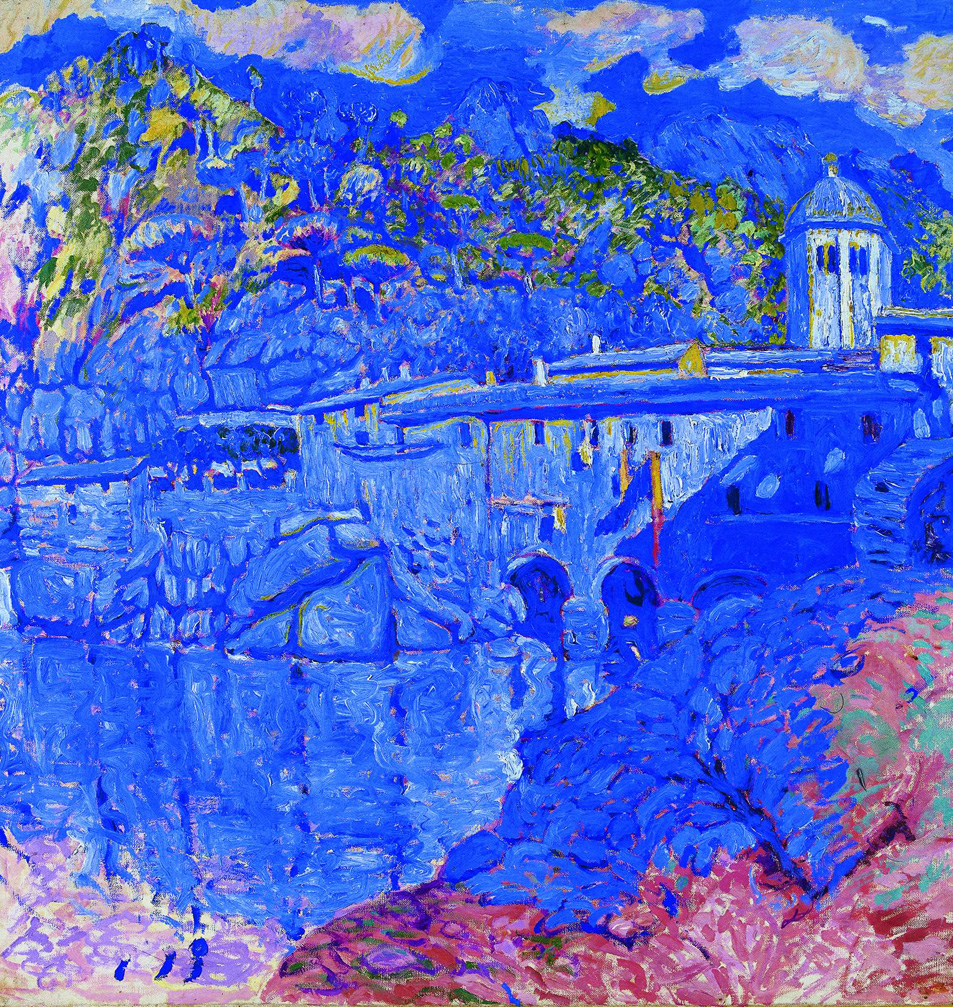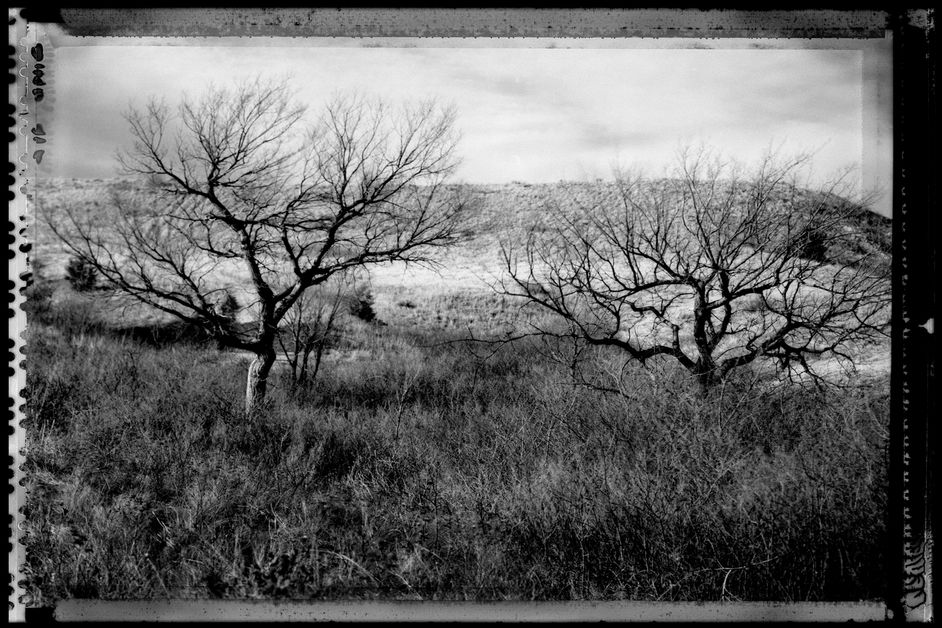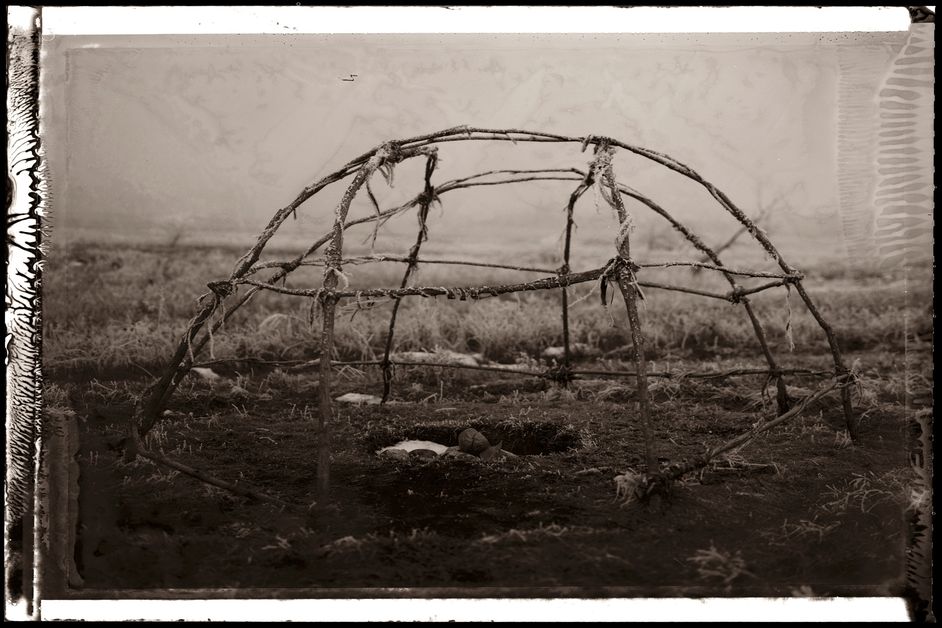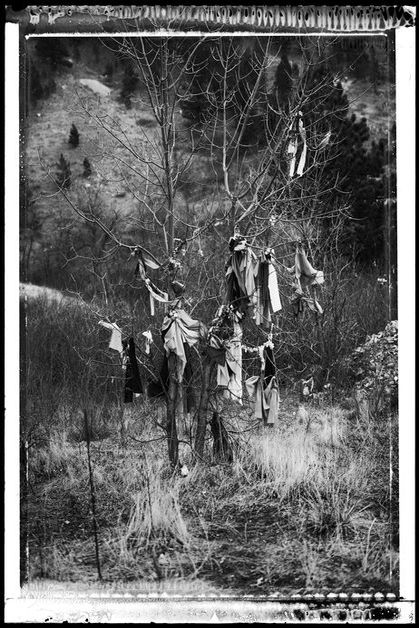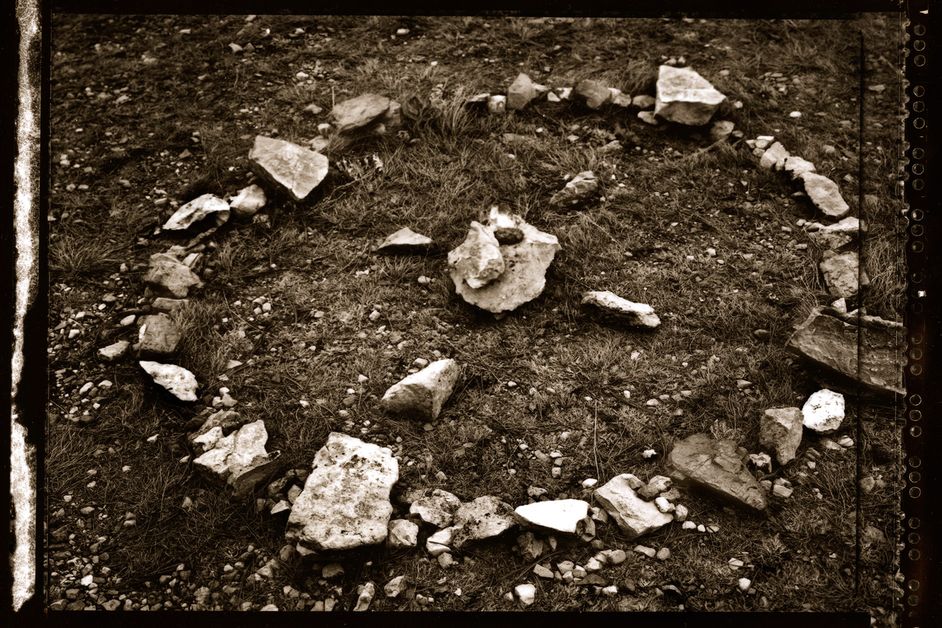Click here to view image
100-yen convertible silver banknote called "Daikokuten"
Chiossone, Edoardo
banknote
1885 - XIX
IR 1940-007
Unità di misura: cm; Altezza: 11.5; Larghezza: 18.6
carta stampaggio
Chiossone, a designer and engraver, is responsible for the issues of the currency paper of modern Japan; he produced about 500 plates for banknotes, stamps, bonds and other government issues, and imported from abroad industrial machines that guaranteed a high level of printing and trained the Japanese employees of the Poligrafico in their use. During his work he studied Japanese iconography deeply, this specific knowledge was necessary for his profession as a designer and engraver, and this significantly increased his interest in art; on the illustrated books of the “Kyōsai Gadan”, the Treatise on painting of Kawanabe Kyōsai (also present in our collection) there are, written in the margin, many annotations by Chiossone who studied the illustrations and subjects of the books. It is thought that Edoardo Chiossone personally knew Kyōsai (1831-1889), a contemporary of his, of whom he owned and collected several works. The study of iconography led him to prefer one character in particular: Daikokuten. 100-yen convertible silver banknote called "Daikokuten" Daikokuten is a deity associated with luck, wealth and prosperity, recognizable by the typical flat hat, by a sack that he carries with him and, above all, by the uchide no kozuchi, a magic hammer able of granting any wish. The figure of Daikokuten recurs in many artworks present in the Chiossone collection (woodblock prints, paintings, bronzes, decorative masks and inrō). His characteristic "ability to produce wealth" made him the ideal subject for the 100 yen convertible silver banknote called "Daikokuten". On the banknote the character is depicted according to a traditional iconography, often recurring in prints and paintings: with a sack and the magic hammer, sitting on sacks of rice, in turn a symbol of abundant harvest and surrounded by mice, also attracted by the abundance of grain. The physical roundness of the character once again highlights his wealth. Daikokuten was certainly a symbol to represent a positive future for Japan in a time of great change, but also a connection with the past thanks to his traditional iconography, therefore he is a symbol of tradition on a new, modern banknote made with a cutting-edge printing technique that allows colour shades not previously possible. Not only that; the banknote also reports in English the wording convertible into silver, a further sign of Japan's opening to internationality.

